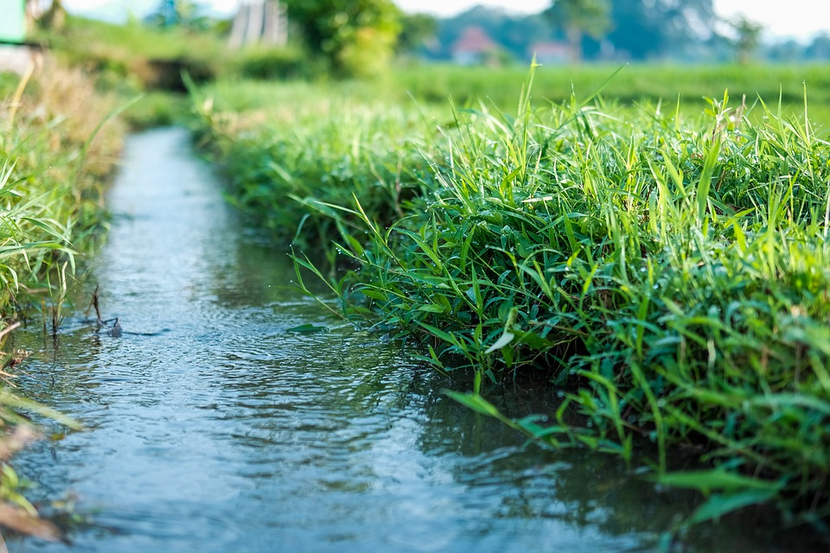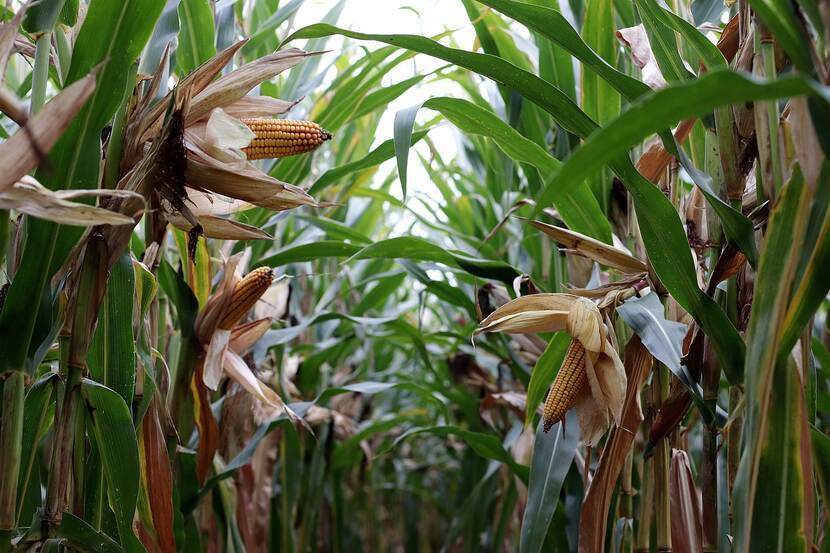Exactly how much land is irrigated in Serbia?
The data is disputed, but either way, the figure is low, which is worrying in the face of climate change.

Out of nearly two million hectares of fertile land in Vojvodina, according to the data of the public company Vojvodina Waters, only 70 thousand hectares are covered with irrigation systems. Data from the Republic Bureau of Statistics (RZS), however, shows that last year in the entire country the size of irrigated land was even lower - below 53 thousand ha.
“It’s a terribly small area. About 50.000 ha is nothing. Albania irrigates 370.000 ha and people wonder why Serbia imports early fruits and vegetables from Albania. In the last ten years, droughts have taken away six billion dollars from Serbia", claims agricultural analyst Branislav Gulan. In order to increase the size of the irrigated areas, in 2014, the state took a loan of €100 million from the Abu Dhabi Development Fund. How much of that money has been spent and on what is a question that Euronews Serbia did not get an answer to from the Ministry of Agriculture.
"We are building the pumping station Srbobran-Bogojevo, one of the canals of the Danube-Tisza [SZ1] -Danube hydro system," says Igor Kolaković from Vojvodina Waters. It is one out of twenty-nine projects that are underway in Vojvodina with money from the credit line from Abu Dhabi, explains Vojvodina Waters. From that pumping station, the water will reach the future dam and accumulation on the river Krivaja, which is now also being built, through a pressure pipeline. It will enable the irrigation of 10 thousand hectares of land and solve the ecological problem of watercourses that often dry up in summer.
Mr. Igor Kolaković explains that the field works started in 2017, and that fifteen projects have been completed so far, eight are in the final phase, while six more are in progress. Marija Cosic, a Professor at the Faculty of Agriculture, believes that it is not true that only 1.4% of crops in Serbia are irrigated, and claims that this data is outdated. According to the professor, nearly three percent of registered agricultural crops are now irrigated, which is about 120 thousand hectares. Professor Cosic points out that irrigation is a great tool, but neither climate change nor drought can be overcome just by applying irrigation. "These are large investments, especially when it comes to individual agricultural farms. These are intensive orchards, where the investment is from €50.000 to €100.000/ha," stated Professor Cosic for Euronews Serbia.
The Ministry of Agriculture of Serbia considers the improving of irrigation systems in Serbia a top priority. Together with EBRD and FAO, the Ministry is drafting a national Irrigation Strategy and the related five-year Action Plan. The project Irrigation Strategy of Serbia should identify priority irrigation investments in the country. The project aims to increase agricultural productivity and climate change resilience via enhanced and newly developed irrigation networks. It is organized around two main components: First, engaging and supporting stakeholders to prepare the strategy and related five-year Action Plan; and second, preparing the Investment Atlas, which identifies and maps priority irrigation investments. In July 2020 an Irrigation Strategy Working Group (ISWG) was formed in order to prepare the irrigation and drainage strategy and action plan for Serbia 2023-2032. The draft strategy and action plans were presented at the recent meeting of ISWG. Documents are available at the project site.
***
In other news,

Hungary Newsflash, Week 29, 2022
Inflation at historic high, consumer price index drastically increasing, the government promises to aid in Ukraine's cereal transport and a new method for the monitoring and prediction of droughts - The week in Hungarian agriculture

Serbia Newsflash, Week 29, 2022
Drought and climate damages, the need for irrigation, worrying harvest yield figures, the potentials of biogas, investments into environmental science, and the announcement of a new campus dedicated to biotechnology research - the week in Serbian agriculture